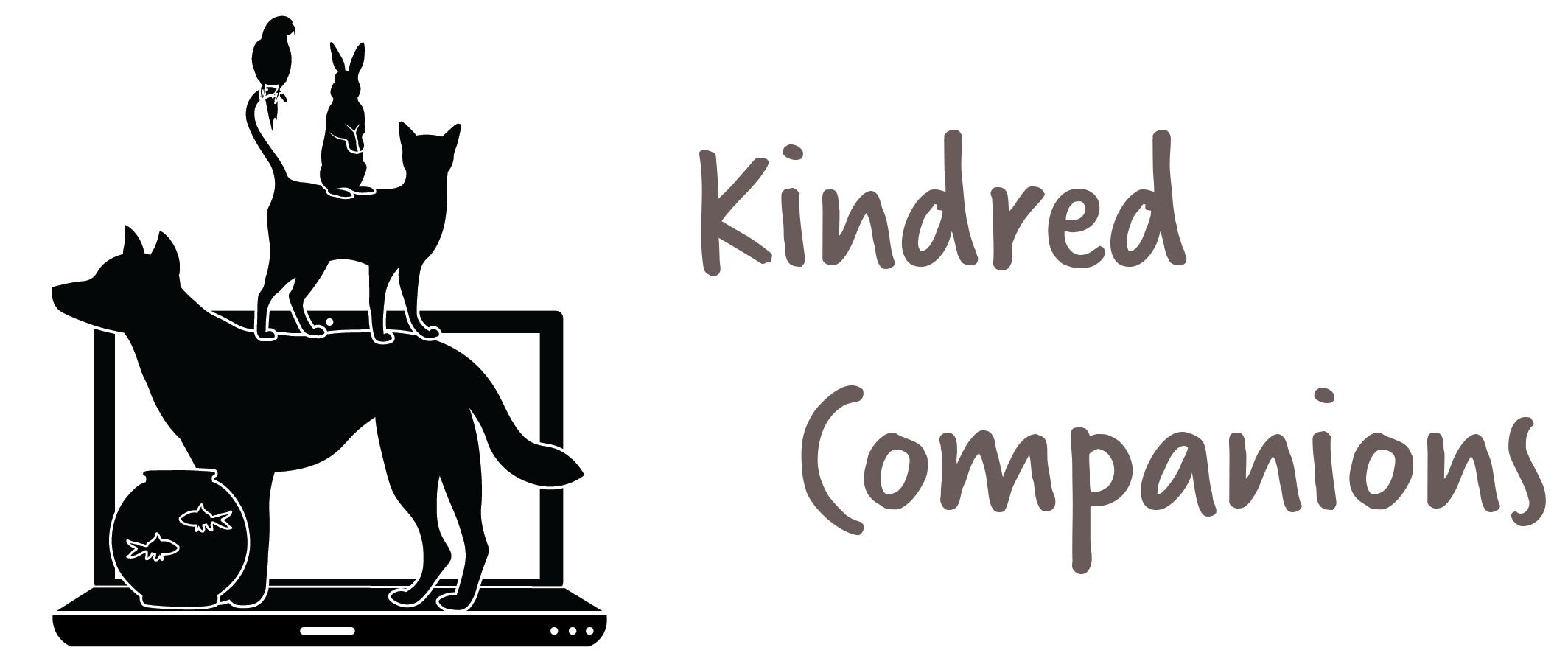Head Halters: Just 'cause you can doesn't mean you should
No, that loop around that dog's face isn't a muzzle - it's a head halter! That contraption that wraps around the dog's face and neck and is supposed to give you all the control in the world when it comes to walking your dog... or does it? There are some heated debates surrounding the use of head halters, mostly concerned with safety and acclimation for the dog using it.
Use
This dog can comfortably open their mouth and there is slack under the chin.
Head halters are modeled after halters used to walk and handle horses. Two major brands - "Halti" and "Gentle Leader" - wrap around the dog's muzzle and head with attachments for the leash below the chin. In the case of the new "Newtrix" version, it connects behind the head.
When worn properly, the halter should rest loosely around the muzzle allowing the dog to pant normally without constriction. The halter should not be holding the dogs mouth shut and should have some slack under the chin. Depending on the version, some will have a clip that attaches to the dog's collar for added security (specifically Newtrix and Halti but not Gentle Leader). Unlike the Halti and Gentle Leader varieties, the Newtrix Halter attaches to the leash behind the head, operating more like reins than the chin style. The jury is still out on which works better. The theory behind using these tools, is that if you control the head, you control the body.
Can of Worms
There are two major concerns with head halters. The first is in regards to the dog's physical health. Some professionals voice concern that pulling - either on the part of the dog or the owner - may injure the dog's neck and spine. While anything is possible, this concern does bring up a few clarifications about the use of these tools. Head halters should NEVER be jerked by the owner and if the dog is fighting or pulling against the halter, more leash walking training is needed immediately, outside of the environment the dog is presently in. The halter is also not designed for uses with retractable leashes or tethers (tie outs). If the dog runs full speed and hits the end of the leash or tether, there is a very good chance the dog is going to get badly hurt.
Gentle Leader properly fitted and the dog is relaxed wearing it.
The second area of concern with head halters is desensitizing the dog to wearing it comfortably and safely. The biggest problem with this comes for a lack of patience and empathy. Most owners who choose to use a head halter already have a dog that pulls on leash and are looking for an immediate solution to the problem. When the owner ignores the directions and slaps the halter on the dog, they transform their dog into a terrorized stallion. Many dogs buck, rub and slam their faces into things to get the halter off. This leads to the owner tightening the device so that it is no longer operating as it should and creating more discomfort for the dog. Simply put if the dog is fighting it or trying to slip it, the dog shouldn't be wearing it, because the tool isn't doing it's job. The tool is there to lead the dog, not as an attachment to hold on for dear life.
Final Thoughts
Newtrix halter
If an owner or trainer is committed to using the halter correctly and taking the time to desensitize the dog to wearing it, it can be an effective and useful too. Many "modern", "pure positive", "positive reinforcement" (pick your label) trainers love these tools. I want to remind those trainers that if avoiding aversives is one of your primary concerns, make sure to take a step back and check how the dog (and owner) are accepting the tool. In all honesty I rarely recommend these tools because the families I work with are not in a position to put in the work to make this tool properly and ethically usable. But I can't speak for all trainers.



